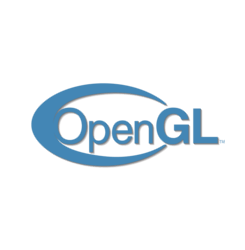
For those sticking to the open-source RadeonSI / RADV / Intel / Nouveau drivers, the latest Mesa 19.0.2 graphics libraries is now available to install in Ubuntu 18.04 via PPA.
Mesa 19.0 was released a months ago with many features including Intel’s Vulkan driver transform feedback, soft FP64/INT64, RadeonSI FreeSync/Adaptive-Sync, AMD Zen thread optimizations, and more. Then Mesa 19.0.2 was released ago a few days with a handful of fixes.
Canonical’s Timo Aaltonen has made Mesa 19.0.2 package into “Ubuntu-X” team PPA for Ubuntu 18.04.
To get better open-source graphics driver performance, you may install Mesa 19.0.2 via following steps:
1. Open terminal either via Ctrl+Alt+T keyboard shortcut or from software launcher. When it opens, run command:
sudo add-apt-repository ppa:ubuntu-x-swat/updates
Type user password (no asterisk feedback) when it prompts and hit Enter to continue.
2. After adding the PPA, do system update via command:
sudo apt-get dist-upgrade
apt-get update is not required any more in Ubuntu 18.04 since adding PPA automatically refreshes system package cache.
3. Finally check your driver version via command:
glxinfo | grep "OpenGL version"
Uninstall:
To restore changes and downgrade to the default drives shipped in Ubuntu 18.04, run command:
sudo apt-get install ppa-purge && sudo ppa-purge ppa:ubuntu-x-swat/updates